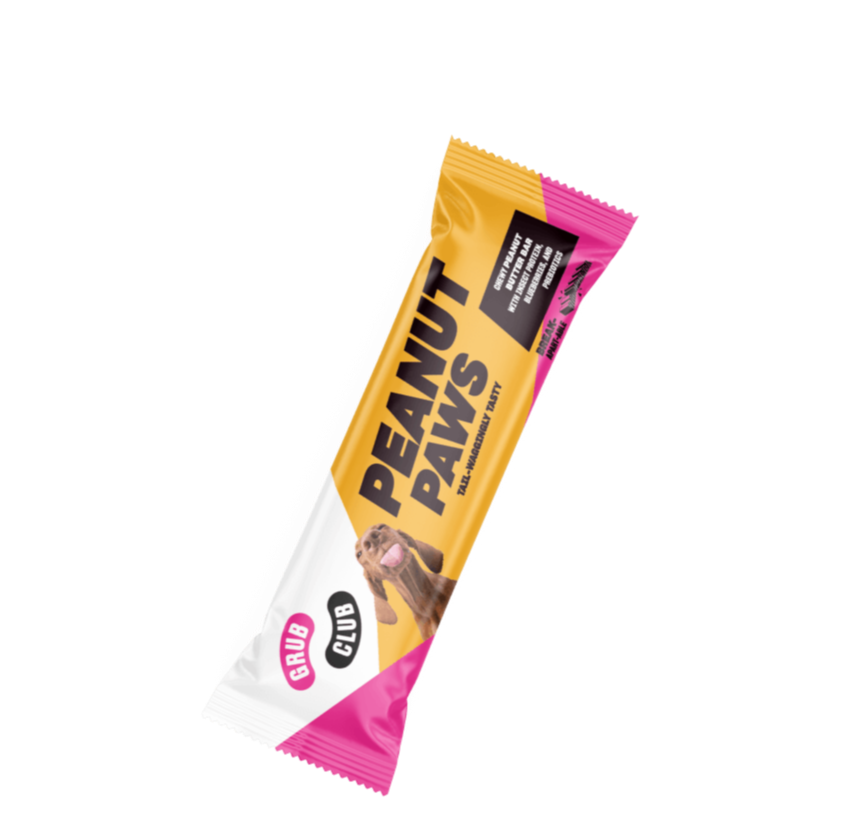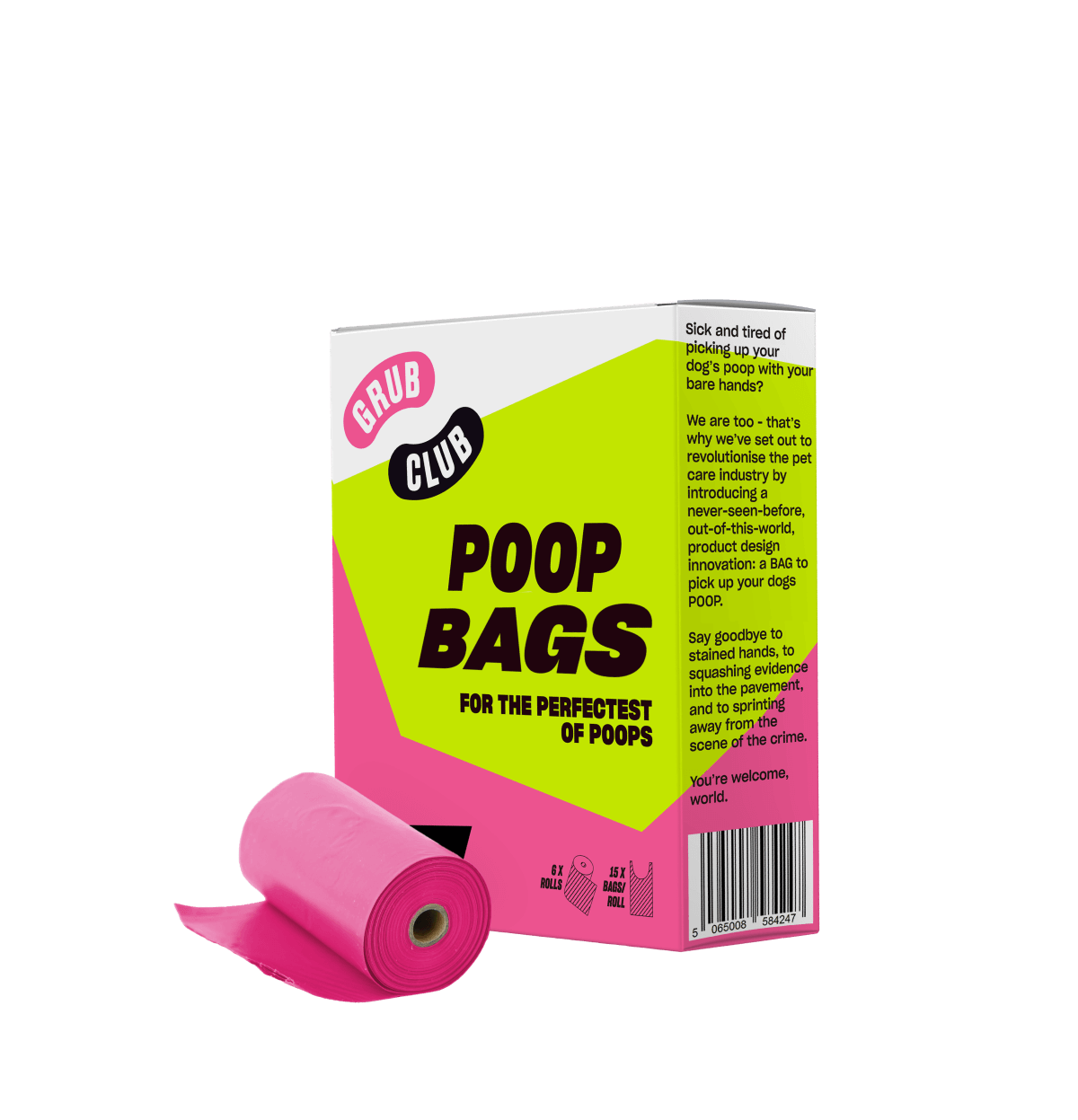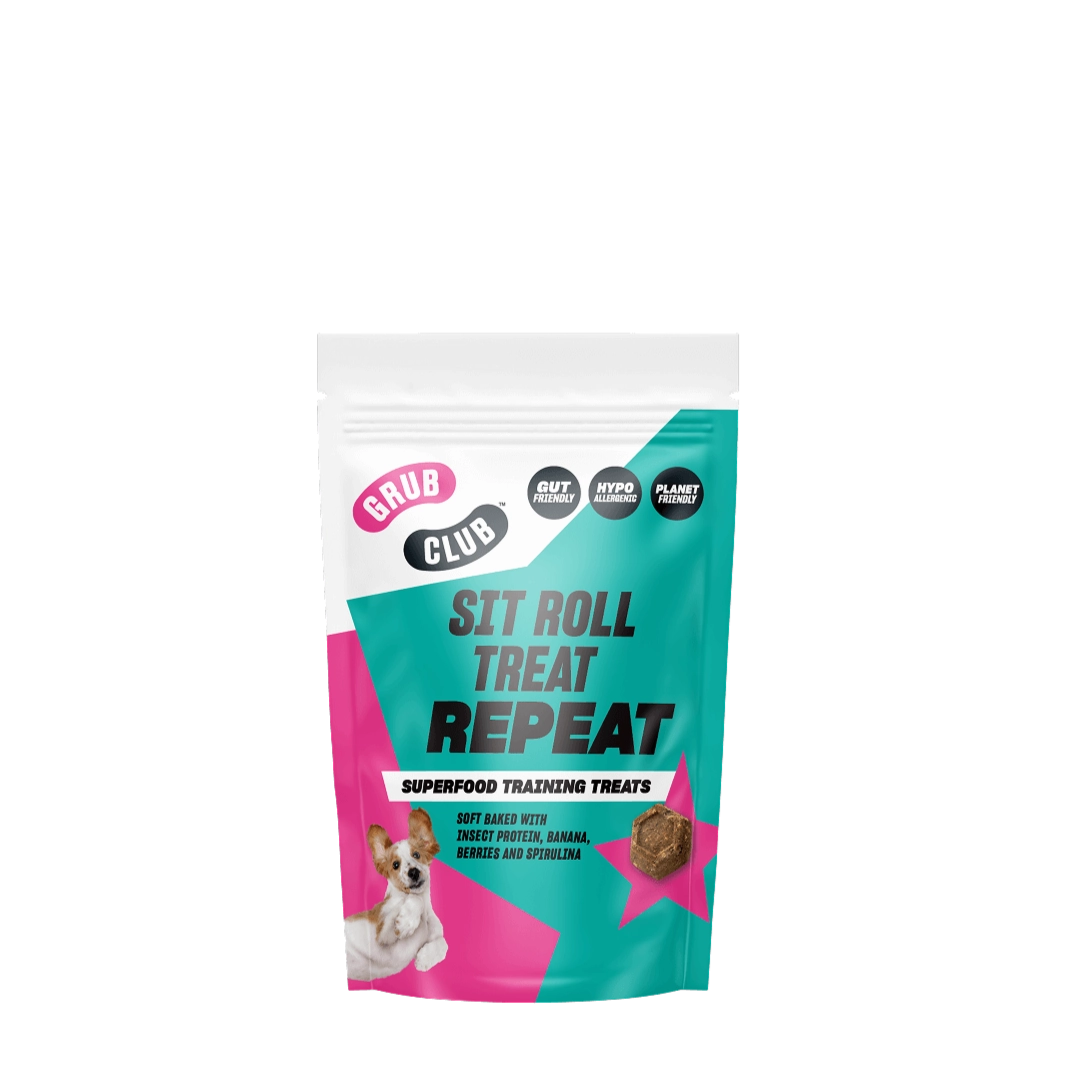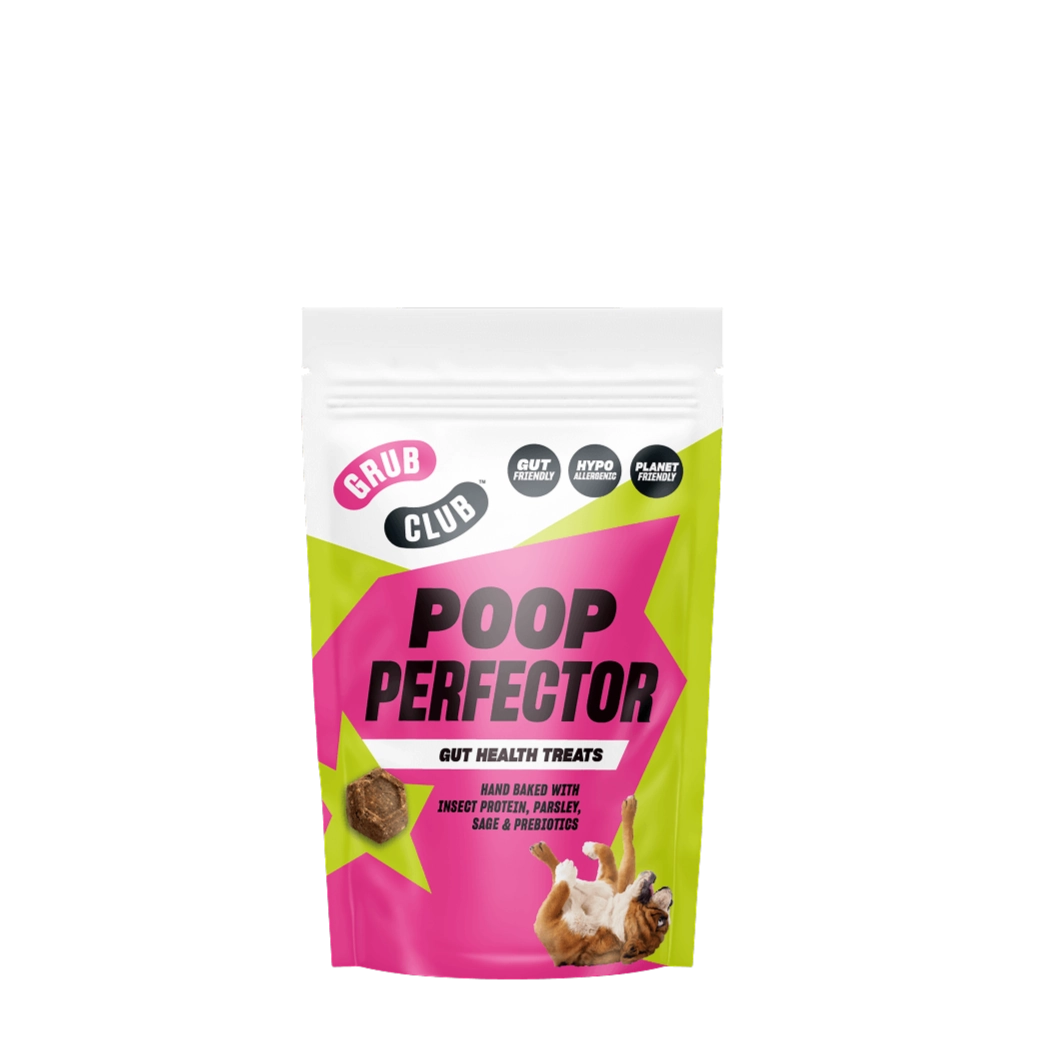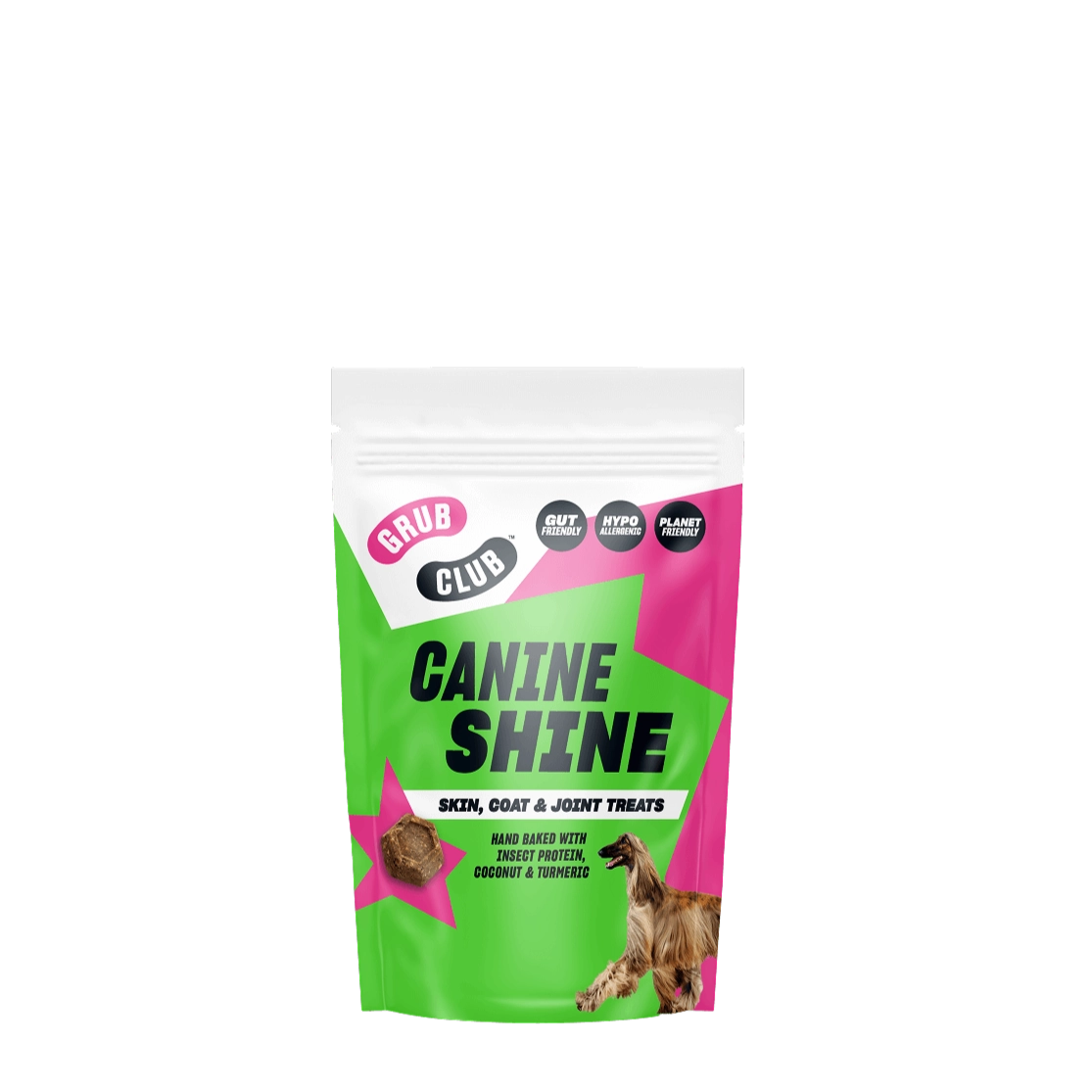Top Dog: All-In-One
Supplement for Snout-to-Tail Wellness
60 Scoops
FREE UK Delivery on orders above £49.
You have £0.00 in your cart, spend £49.00 more and get free shipping.
60 Scoops
1 Bar
72 Bags
1 Pack
1 Pack
1 Pack
Or continue without a name
CheckoutA dog’s health and happiness often hinge on the quality of their diet. But what happens when your furry friend starts showing signs of allergies (itchy or dry skin, hair loss, ear infections), digestive issues, or unexplained discomfort? That’s where the concept of elimination diets for dogs comes into play.
From common allergens to the step-by-step approach of conducting an elimination diet, our pet welfare article is here to guide you through the process to ensure your beloved pet can get back on the road to health.
An elimination diet for dogs involves the systematic removal of potential allergens from their diet, replacing them with novel, hypoallergenic ingredients – something we at Grub Club know a lot about. This process helps to pinpoint the specific ingredients that trigger adverse reactions in your canine companion.
Before em-barking (see what we did there?!) on an elimination diet, it’s essential to know which ingredients are common allergens for dogs. Some of the top culprits can be quite surprising as they usually include beef, chicken, dairy, wheat, soy, and eggs. These ingredients can cause itching, digestive problems, or other allergic reactions in sensitive dogs.

Starting an elimination diet requires dedication and careful planning, we would also recommend speaking to your vet before undertaking such a change.
Begin by selecting a high-quality hypoallergenic dog food that contains novel protein such as Black Solider Fly Larvae and carbohydrate sources that your dog has never consumed before.
Choose a diet that is complete and balanced to meet your dog’s nutritional needs. If you have a fussy dog it may take a little longer to find a complete food that is tasty as well as packed full of novel ingredients so do bear this in mind when shopping around.
Your dog must not consume anything outside of their new diet (no human scraps!). Make sure family and friends visiting the household are aware your dog is on an elimination diet and kindly ask them not to feed any human food to your dog. We also recommend muzzling your dog when pavement walking so they can't pick up anything off the floor. Alternatively, find a quiet low traffic area where people are less likely to have littered and dropped food.

In general, it is recommended to continue an elimination diet for at least 8-12 weeks. During this time, you should monitor your dog closely for any signs of improvement in their allergy symptoms, such as reduced itching or improved digestion. Keep a detailed journal of any changes in your dog’s health, including improvements or continued issues that you can easily refer back to once the period is up.
It’s important to note that food intolerances and allergies are different to one another. Allergies involve the immune system and can last a lifetime, while intolerances typically involve digestive upset and may resolve over time by changing aspects such as your dog’s diet.
We recommend to our customers that they allow 6-8 weeks for previous allergens and intolerances to fully leave their dog's system before assessing the results of the elimination diet.
After the recommended period of 8-12 weeks on the elimination diet, it’s time to assess the results. If there’s a significant improvement in your dog’s condition, it’s likely that one or more of the previously excluded ingredients were the culprits.
To pinpoint the specific allergen(s), you’ll need to reintroduce potential allergens one at a time. Gradually incorporate each ingredient back into your dog’s diet while closely monitoring for any adverse reactions. If a particular ingredient triggers a return of allergy symptoms, you’ve likely identified the culprit and should steer clear of that from now on.
Once you find a nutritionally complete dog food that works in harmony with your dog’s health, stick with it, that way you will be helping your four-legged friend enjoy a healthier and happier life, free from the discomfort of food-related allergies.
Check Out Our Related Products:

